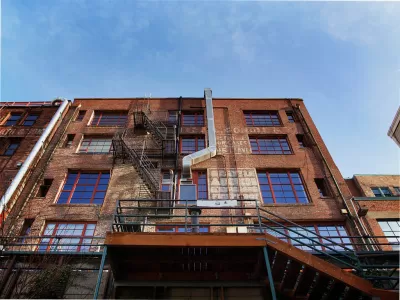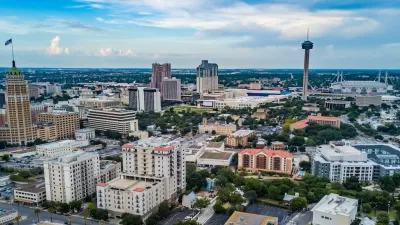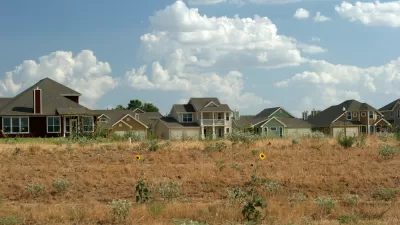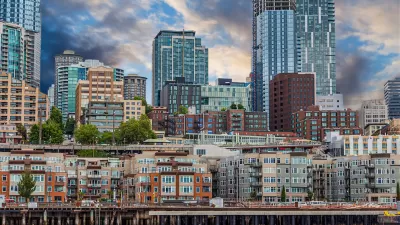Demand for housing in and around Seattle is way up—so much so that the region led the entire country in the number of apartments it has filled so far this year.

"The Seattle area is filling up new apartments faster than any region in the country, suggesting demand for housing is starting to catch up with the record construction boom," reports Mike Rosenberg. The news is "not a great sign for tenants hoping landlords get desperate and drop rents," adds Rosenberg.
Specifically, 10,000 extra apartments units got tenants in the 12-month period ending in March. In the first three months of this year, Greater Seattle filled about 3,400 new apartment units, more than any other city in the country (not even New York City could keep up).
The data from real-estate data firm RealPage reveals the next chapter in the narrative of simultaneous building and population booms in Seattle.
The new figures offer fresh insight into the years-long, multibillion-dollar experiment being waged by developers as they build more apartments in the city of Seattle this decade than in the previous half-century combined, betting on the long-term economic health of the region. Will enough renters eventually materialize to fill them, or will the city have a skyline of empty ghost apartments?
For while it looked like perhaps Seattle developers had built beyond the demand for housing in the region, but now housing is filling up as quickly as it can be built, according to Rosenberg.
FULL STORY: Renter boom: Apartments filling up faster in Seattle area than anywhere in the U.S.

Study: Maui’s Plan to Convert Vacation Rentals to Long-Term Housing Could Cause Nearly $1 Billion Economic Loss
The plan would reduce visitor accommodation by 25,% resulting in 1,900 jobs lost.

North Texas Transit Leaders Tout Benefits of TOD for Growing Region
At a summit focused on transit-oriented development, policymakers discussed how North Texas’ expanded light rail system can serve as a tool for economic growth.

Why Should We Subsidize Public Transportation?
Many public transit agencies face financial stress due to rising costs, declining fare revenue, and declining subsidies. Transit advocates must provide a strong business case for increasing public transit funding.

How to Make US Trains Faster
Changes to boarding platforms and a switch to electric trains could improve U.S. passenger rail service without the added cost of high-speed rail.

Columbia’s Revitalized ‘Loop’ Is a Hub for Local Entrepreneurs
A focus on small businesses is helping a commercial corridor in Columbia, Missouri thrive.

Invasive Insect Threatens Minnesota’s Ash Forests
The Emerald Ash Borer is a rapidly spreading invasive pest threatening Minnesota’s ash trees, and homeowners are encouraged to plant diverse replacement species, avoid moving ash firewood, and monitor for signs of infestation.
Urban Design for Planners 1: Software Tools
This six-course series explores essential urban design concepts using open source software and equips planners with the tools they need to participate fully in the urban design process.
Planning for Universal Design
Learn the tools for implementing Universal Design in planning regulations.
Ascent Environmental
Borough of Carlisle
Institute for Housing and Urban Development Studies (IHS)
City of Grandview
Harvard GSD Executive Education
Toledo-Lucas County Plan Commissions
Salt Lake City
NYU Wagner Graduate School of Public Service





























